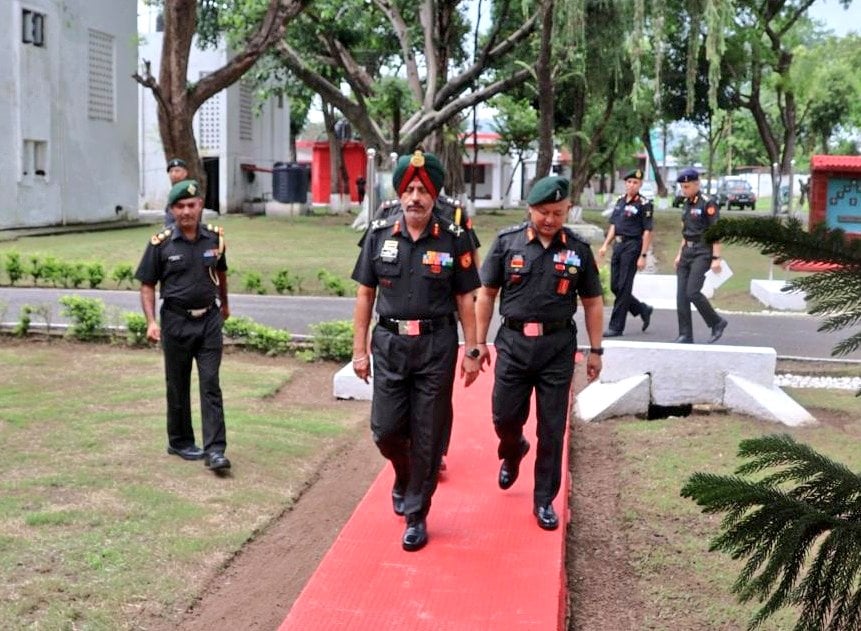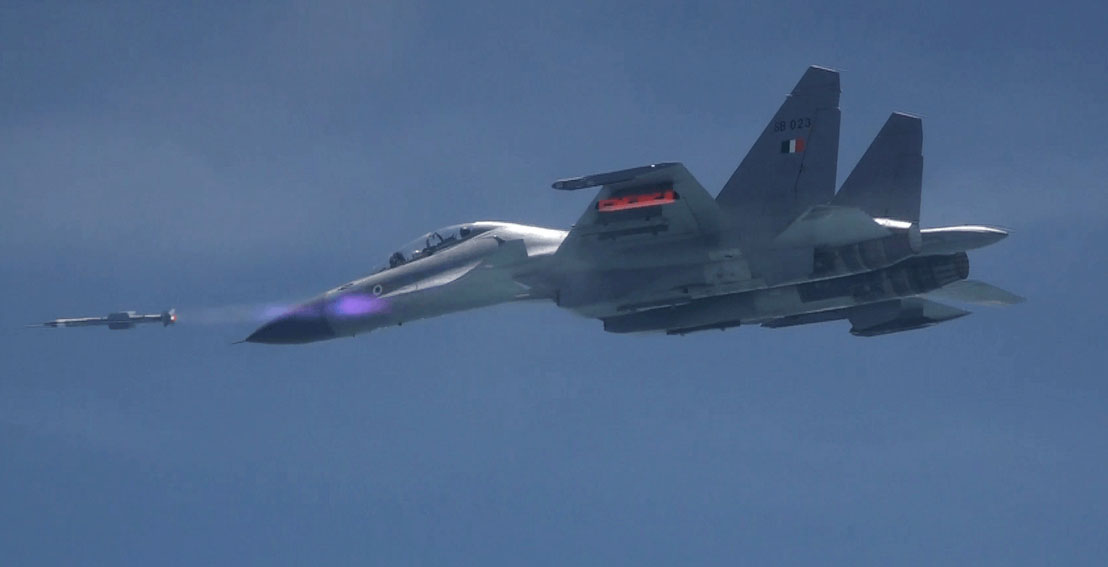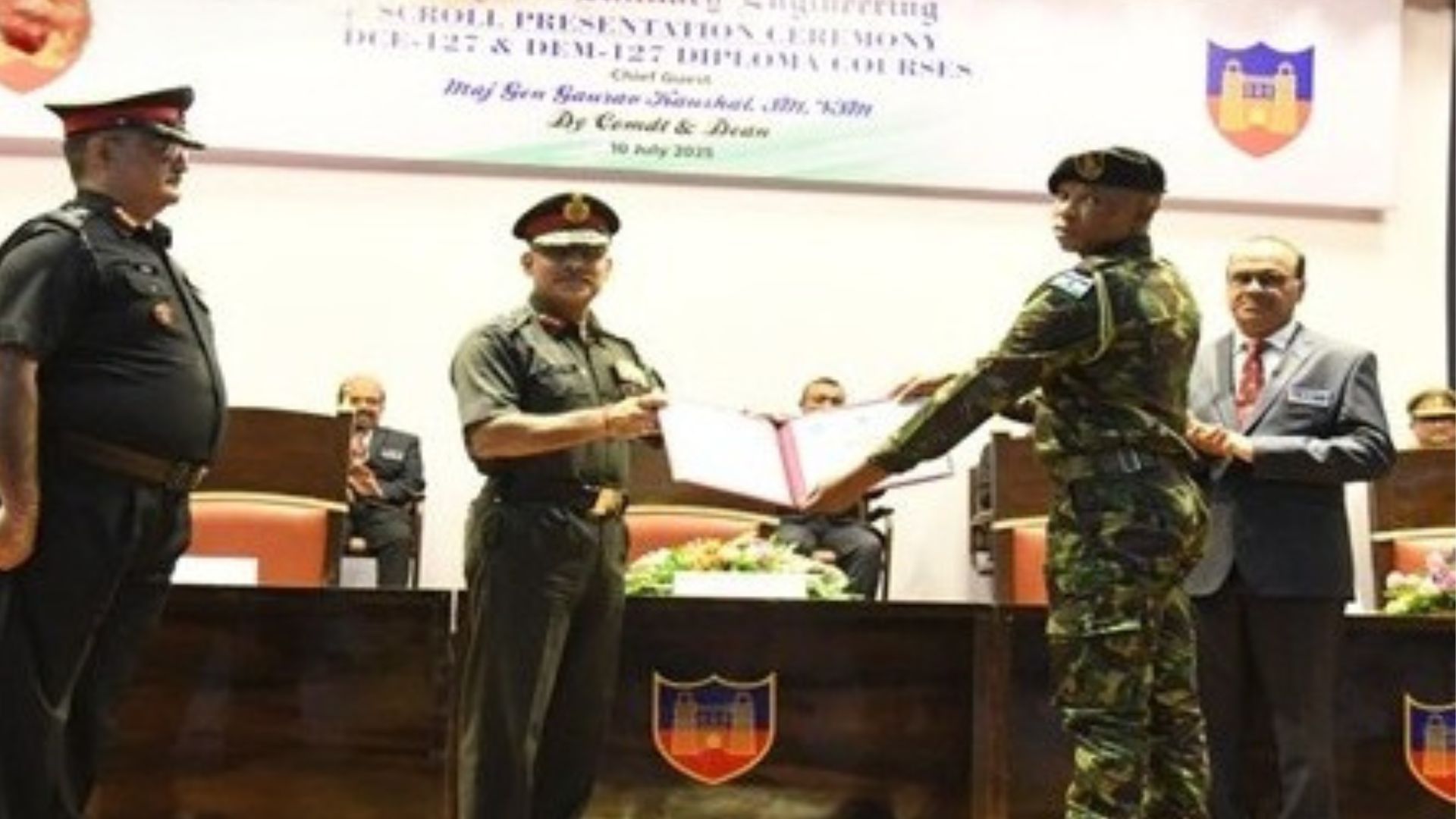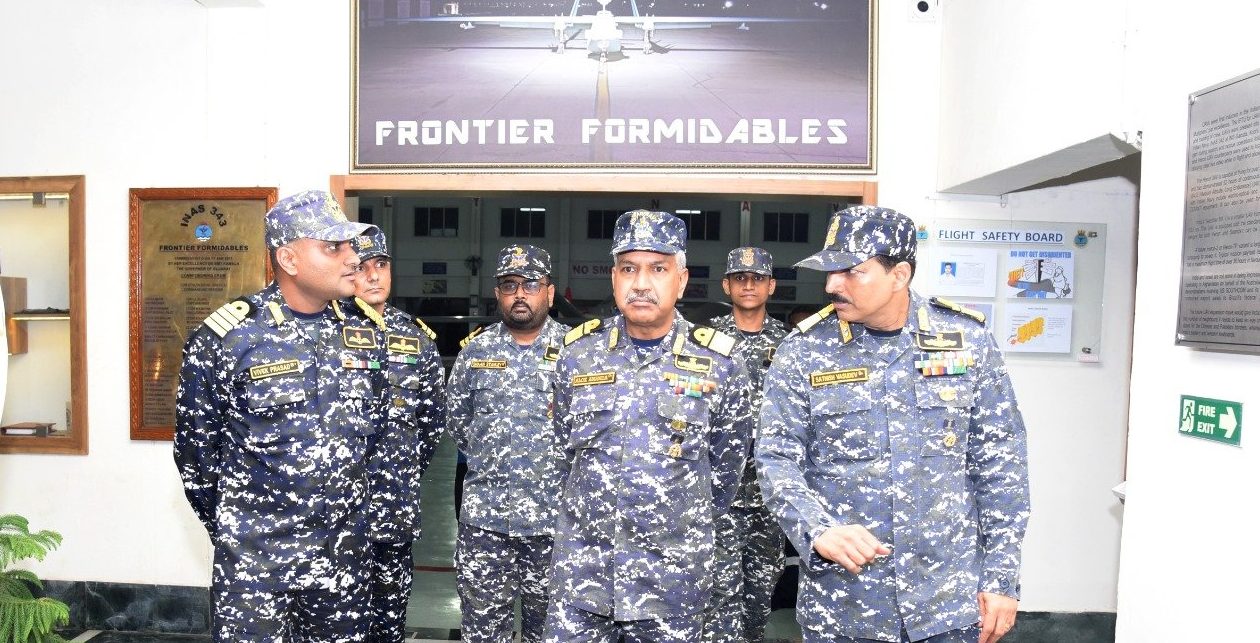Maj Gen M P S Gill Reviews Welfare and Healthcare Initiatives at Raiwala Military Station
Major General M P S Gill, VSM, General Officer Commanding (GOC) of the Uttarakhand Sub Area, conducted an official visit…
Lt Gen Pratik Sharma Reviews Counter-Insurgency Preparedness at Forward Posts Along Pir Panjal Range
Lieutenant General Pratik Sharma, General Officer Commanding-in-Chief of the Northern Command, conducted a high-level review of counter-insurgency and counter-infiltration operations…
Army’s ‘Operation SHIVA’ Ensures Safe and Seamless Amarnath Yatra
The Indian Army has launched 'Operation SHIVA 2025' to ensure the secure and smooth conduct of the annual Amarnath Yatra,…
DRDO and Indian Air Force Successfully Test Astra BVRAAM with Indigenous RF Seeker
The Defence Research and Development Organisation (DRDO) and the Indian Air Force (IAF) have successfully conducted flight-tests of the Astra…
College of Military Engineering Holds Scroll Presentation Ceremony for 159 Graduates
The College of Military Engineering (CME), Pune, hosted a scroll presentation ceremony on July 10, 2025, marking the successful graduation…
Rear Admiral Alok Ananda Reviews Key Infrastructure Projects at FOB Okha and Porbandar
Rear Admiral Alok Ananda, Assistant Chief of Naval Staff (Policy and Plans), undertook a strategic visit to the Forward Operating…






